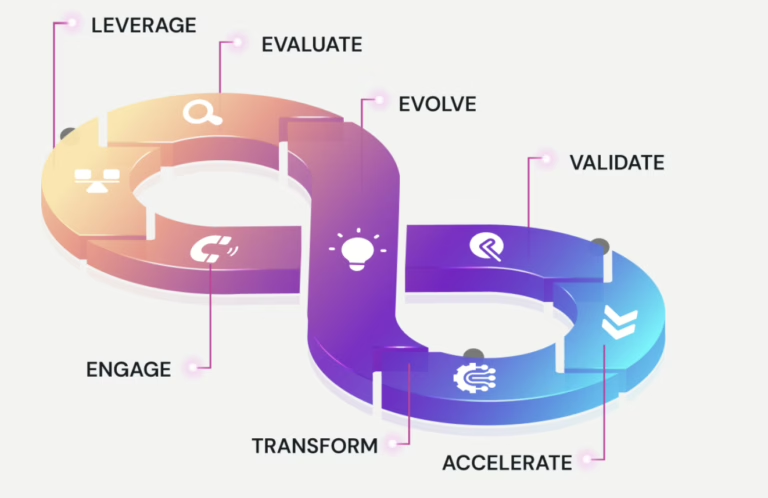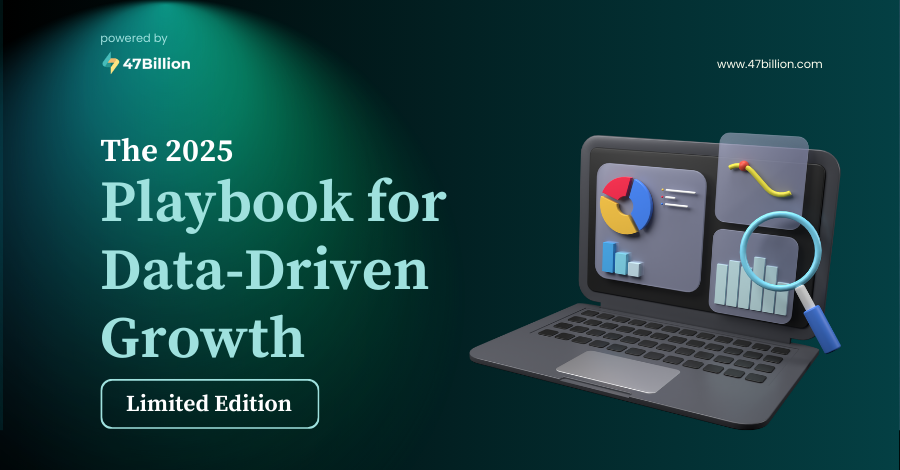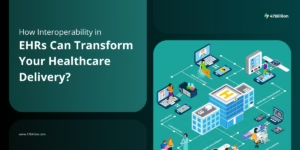Data analytics continues to play a pivotal role in advancing healthcare practices. A notable recent application is in the optimization of hospital staff scheduling. Healthcare facilities can develop optimized schedules that enhance operational efficiency and improve patient outcomes by analyzing patient flow, staff availability, and workload. This approach ensures that adequate staffing levels are maintained to meet patient demands, thereby reducing wait times and enhancing the quality of care provided.
Additionally, predictive analytics has been utilized to prevent patient readmissions. For example, a healthcare organization implemented predictive models to assess readmission risk scores for each patient. By identifying high-risk individuals, healthcare providers could intervene early, resulting in a 40% reduction in all-cause readmissions within 18 months.
Healthcare organizations around the globe are using analytics to reduce costs, improve coordination and outcomes, provide more with fewer resources, and become patient centric. The global healthcare industry is experiencing a shift as it moves from a volume-based to value-based business. With increasing demands of consumers for enhanced healthcare quality, healthcare providers and payers need to deliver better outcomes.
Primary care physicians and nursing shortages require overworked professionals to be more productive and efficient. The cost dynamics are now driven by people living longer, the pervasiveness of chronic illness and infectious diseases, and defensive medicine practices. New approaches to healthcare delivery are increasing complexity and competition.
The healthcare industry requires intelligent and informed decisions to enable outcomes according to market dynamics, government regulation, and increased consumer demands.
This whitepaper explores the various types of healthcare analytics—descriptive, diagnostic, predictive, and prescriptive—and their impact on improving healthcare outcomes. It discusses key stakeholders, essential KPIs, and the benefits of implementing analytics, such as assisting medical research, improving health outcomes, and optimizing operational efficiency. By integrating analytics-driven solutions, healthcare organizations can ensure better resource utilization, minimize patient wait times, and deliver superior care. The paper also highlights case studies demonstrating the effectiveness of analytics in enhancing emergency room efficiency and patient-centered care.






